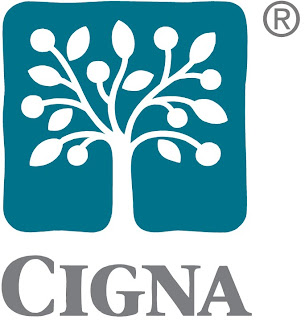Obviously, asking customers how satisfied they are with a recent transaction is the most basic question of all, but for it to be truly meaningful, the question(s) itself must be just right....simple and specific.
One measurement technique, Net Promoter, has become increasingly popular over the past few years. According to its website, Net Promoter was developed by Satmetrix, Bain & Company, and Fred Reichheld, and the concept was first popularized through Reichheld's book "The Ultimate Question." The link to the site is http://www.netpromoter.com/np/index.jsp
In short, Net Promoter "is based on the fundamental perspective that every company's customers can be divided into three categories: Promoters, Passives, and Detractors.
By asking one simple question — How likely is it that you would recommend [Company X] to a friend or colleague? — you can track these groups and get a clear measure of your company's performance through its customers' eyes.
Customers respond on a 0-to-10 point rating scale and are categorized as follows:
---Promoters (score 9-10) are loyal enthusiasts who will keep buying and refer others, fueling growth.
---Passives (score 7-8) are satisfied but unenthusiastic customers who are vulnerable to competitive offerings.
---Detractors (score 0-6) are unhappy customers who can damage your brand and impede growth through negative word-of-mouth.
To calculate your company's Net Promoter Score (NPS), take the percentage of customers who are Promoters and subtract the percentage who are Detractors."
For example, if a company's survey results found that out of 100 surveys, 50% scored 9-10, and 30% were 7-8, and the remaining 20% were 0-6, then the company's Net Promoter Score would be 30. The higher the score, the better. A negative score indicates real trouble. (Almost every Healthcare company scored a negative NPS, with CIGNA scoring a low -30.)
Companies use this score to determine, on a relative basis, how well they are satisfying their customers. It is a simple, easy-to-understand, method. Customer Satisfaction surveys around the world now include this one question.
However, the score methodology has numerous critics, citing flaws in its approach and lack of depth of information.
Barry Dalton, in a recent post from his blog "Customer Service Stories...And Other Posts", declared "there seems to still be an increasing number of customer service practitioners talking about NPS and staking a significant portion of their customer service time and resources on collecting it. At the same time, oversimplification of the concept is epidemic, creating a clouded view of the company's performance vis-a-vis the customer's perception." http://custservicestories.blogspot.com/2010/04/ultimate-question.html#comments
His main criticism is that the information gathered from this question is too generic to be meaningful. He believes that surveys should evaluate the specific interaction that took place, and not the intended bahavior (the recommendation to friend or colleague) after the fact.
Taking the critique a step further, Ron Shevlin, posted a scathing comment on Dalton's blog:
Net Promoter Score is the biggest bunch of snake oil to come to the world of management in 25 years. There's so much wrong with the metric, it would take a couple of hours to just begin to list the reasons.
Shevlin goes into detail on his objections with the score in his blog "Marketing Whims." http://marketingroi.wordpress.com/2007/01/11/stop-measuring-your-net-promoter-score/
In his post, he lists the reasons why companies should stop using Net Promoter Score in their surveys:
- Doesn’t help explain WHY a customer would recommend the firm.
- Measures intention, not behavior.
- Doesn’t capture inherent consumer differences.
- Can incent undesirable behavior.
- Uses funds better deployed elsewhere
Next Post: My View On Net Promoter Score






